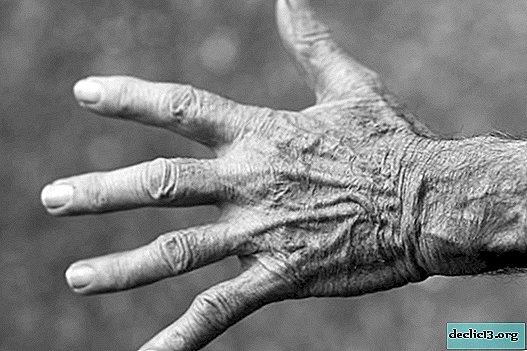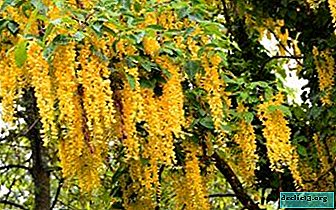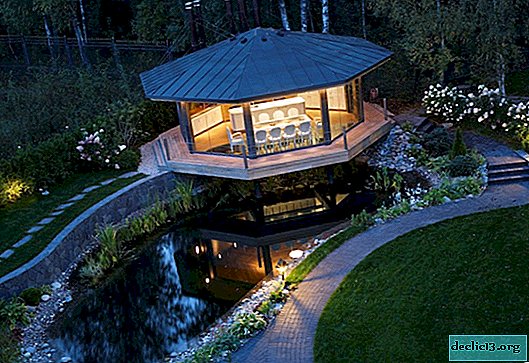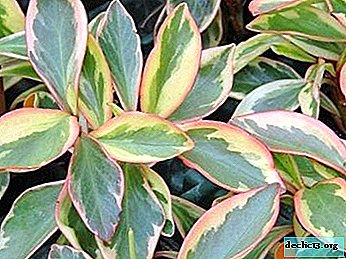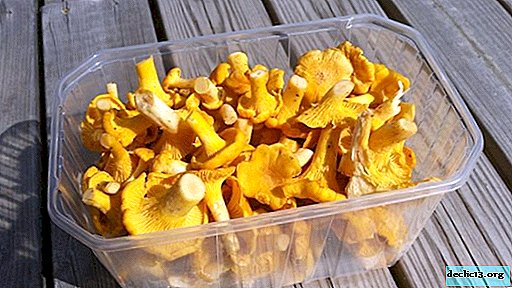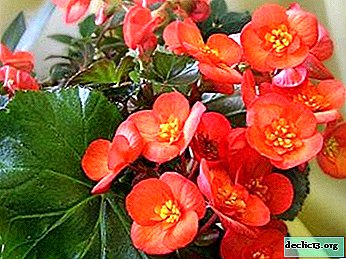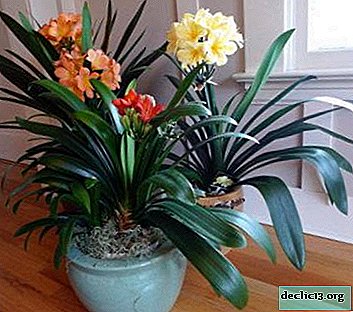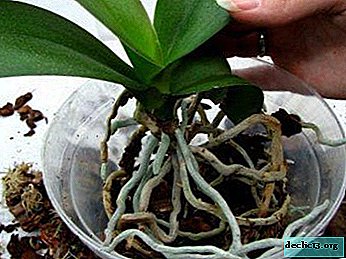An amazing fantasy of breeders is the plant Anthurium Black Queen. Description of flower and care features
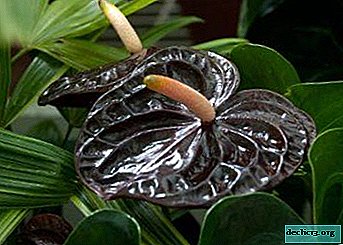
An attractive burgundy-black color Anthurium Black Queen owes far not to nature, but to the hands and fantasies of breeders. Nevertheless, the flower really delights with an extraordinary appearance.
From the article you will learn a lot of useful information about this magnificent flower, including its botanical description of how it looks in the photo, as well as the features of home care, the nuances of reproduction and the fight against diseases and pests. Briefly talk about colors that are similar to it.
Botanical Description
Anthurium “Black Queen” refers to the hybrid variety of Anthurium (what are the types and varieties of Anthurium?). This is an artificially bred variety. However, in general, anthurium as a species originally appeared in tropical forests. In 1829 it was found by a group of researchers and exported to Europe.
Anthurium is an evergreen epiphyte from the aroid family.
The name Anthurium comes from two Greek words that mean tail and flower. Also amateur gardeners call him “male happiness” among themselves. Usually, a spathiphyllum is paired into a house with anthurium, which in turn is called "female happiness." "Black Queen" literally translates as the Black Queen, but is often called the Black Prince, since the flower is considered masculine.
Description of appearance
This is a large plant, reaching over 100 centimeters tall. The sheets are wide and large, about 80-100 centimeters wide. The sheet plate is saturated green. Peduncles are also large, up to 20 centimeters. At the beginning of flowering, they have a more cherry hue, then darken to black with a garnet glow.
Important! All aroid ones have poisonous juice, which is concentrated in all parts of the flower. It is necessary to protect pets and children from direct contact with the plant.Photo
Further on the photo you can see how the flower looks:





How to care at home?
Some flower growers tend to consider black anthurium a very moody flower, although caring for it is practically no different from caring for other epiphytes (about what varieties of black anthurium are and how to care for it at home, read here). The most important thing is to bring the conditions closer to tropical.
Important! There are three main mistakes made by the grower regarding anthurium: insufficient air humidity, incorrect light, and incorrect irrigation mode.- Temperature. In summer, the temperature should be 20-25 degrees. In the winter of 15-18.
- Watering. Only soft, slightly warm, settled water. Water should never stagnate in a pot, but it’s important not to dry the soil. It is optimal to water when the top cover in the pot is dry. This is usually once or twice a week.
In summer, spraying the plant should be done regularly. It is important to cover the flowers from moisture.
- Shine. Southeast or southwest windowsill is suitable. Such lighting will be as natural as possible for the plant, since in nature, anthuriums grow under trees and do not receive direct sunlight.
- Priming. Slightly acidic with ph 5.5-6.5. It must necessarily consist of a mixture of sand, humus, sphagnum, charcoal and pine chips. However, it is easier to purchase a ready-made, balanced soil for anthurium in the store.
- Pruning. To crop anthurium, use the following instructions:
- First of all, carefully examine the anthurium for the presence of dry or diseased leaves.
- Using a secateurs at an angle of 45 degrees, carefully cut off all the excess.
- Spray with water from the spray gun onto the cut-off places so that they recover faster.
 Top dressing. Brought from March to October about once every two weeks. In winter, once a month is enough. When feeding, specialized mineral and organic compounds alternate, which can easily be purchased at a flower shop.
Top dressing. Brought from March to October about once every two weeks. In winter, once a month is enough. When feeding, specialized mineral and organic compounds alternate, which can easily be purchased at a flower shop.- Pot. Choose wide and flat. It is in this form that the root system of the anthurium will feel as comfortable as possible. Drainage is necessarily laid at the bottom of the pot: expanded clay, clay brick or polystyrene.
- Transfer. Anthurium is transplanted every two years. During this period, any soil becomes obsolete and ceases to be nutritious and useful for the flower.
- We prepare the correct pot (this is stated in the previous paragraph) and put a layer of drainage 3-4 cm.
- We lay a layer of moss.
- We take the right soil (what soil should also be mentioned above).
- Carefully remove the plant from the old pot, turning it on its side and tapping on the walls.
- We examine the plant and remove rotten roots, bad leaves and stems. If a cut is made, then the place is sprinkled with activated carbon powder.
- We introduce anthurium into new soil, sprinkling it with earth.
- We water with clean warm water.
- Wintering. In winter, you can place the plant on a special stand on the southern windowsill. Do not allow the temperature to drop below 12 degrees. Watering is done once a week.
We offer you to watch a useful video about transplanting anthurium Black Queen:
Propagation Features
The Black Queen propagates by cuttings and root processes.
Cherenkov method:
- Cut off the top of the stem.
- Put in a separate small pot with peat.
- Cover with a glass or plastic jar to create a greenhouse effect.
- Periodically give the cutlery air, opening the jar.
The method of separation of air roots:
- Separate the air roots that have come to the surface.
- Put in a separate pot with peat.
About Diseases and Pests
 The black prince is attacked:
The black prince is attacked:
- aphids;
- spider mite;
- thrips;
- scale insects.
The plant suffers from:
- mycoses;
- Fusarium wilt;
- powdery mildew;
- septoria;
- peronosporosis;
- anthracnose;
- late blight.
What flowers look like the Black Queen?
Something like the Black Queen:
- Spathiphyllum.
- Tradescantia.
- Dieffenbachia.
- Poinsetia.
- Rubbery ficus.
We examined the subtleties of the content of the unusual and beautiful anthurium Black Queen. From the article we can conclude that caring for him is not as difficult as many people think. It is important to adhere to these tips and then the plant will grow healthy and strong.

 Top dressing. Brought from March to October about once every two weeks. In winter, once a month is enough. When feeding, specialized mineral and organic compounds alternate, which can easily be purchased at a flower shop.
Top dressing. Brought from March to October about once every two weeks. In winter, once a month is enough. When feeding, specialized mineral and organic compounds alternate, which can easily be purchased at a flower shop.

